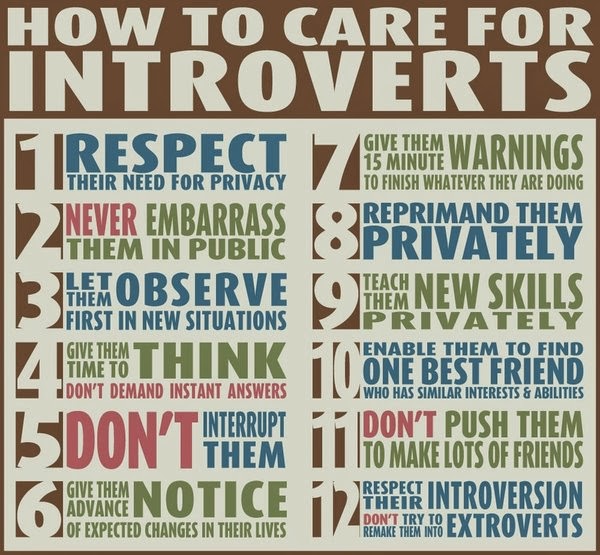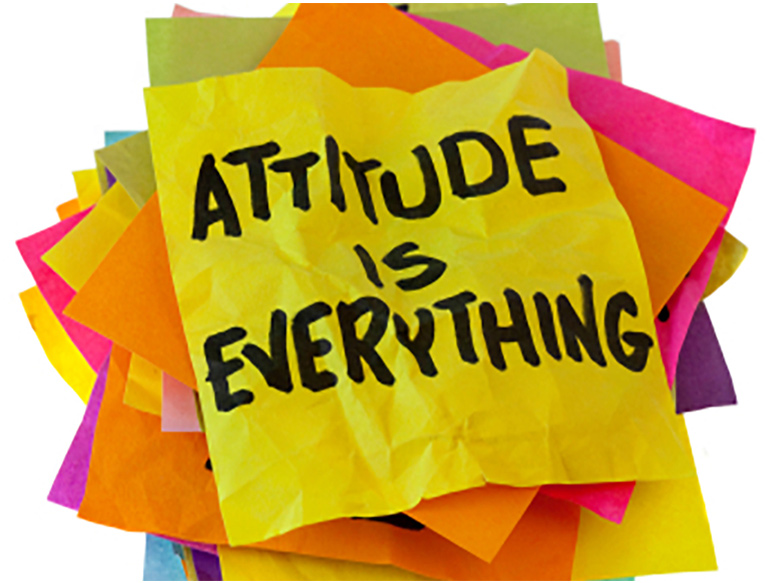Have you ever walked away from an interview, a meeting or a presentation and had that sinking feeling that what you were saying wasn’t what your audience was hearing? Or have you ever wondered why you can have an amazing connection with someone you’ve just met, yet never seem to be on the same wave length with someone you’ve worked with for ages?
Each of us leans toward a particular communication “style.” Understanding that style, and adjusting it to meet the needs of a situation and/or your audience, will help you communicate so that you are truly “heard.”
Rate the following statements from 1 to 4, with 1 being “most like me” and 4 being “least like me” to determine your preferred style. Then read the corresponding tips to learn how to leverage your strengths and adjust your style for more effective communication. We’ve labeled the four styles A through D as a reference for the tips below.
Determine your style – Rate each style from 1 (most) to 4 (least)
___I tend to focus on facts and details, and take a structured approach to my work. I like to have all relevant information before making a decision. I don’t do hugs at work. (A)
___I am naturally informal and laid back. People often confide in me because I’m a good listener. I tend not to direct where a conversation goes. I’m uncomfortable with conflict. (B)
___I am energetic and animated when speaking. I love to discuss creative ideas. I may switch from topic to topic within the same conversation. I prefer big picture, vision talk. Spare me the details! (C)
___I get to the point quickly and appreciate others who do the same. I focus on action. I don’t shy away from conflict. If a meeting or project is stalled, I’ll get it going. (D)
Leverage your strengths
Each style brings unique value to a team, a project, an organization. You have all four styles within you. The key is knowing when to pull from your less dominant styles to adapt to a situation and communicate more effectively with the people around you.
If you rated yourself highest in “A” your strengths are ensuring that all details are covered so that nothing falls through the cracks. You like structure and process. You need to be aware, though, that overusing your strengths can turn off others, meaning you won’t be heard. Those who are higher “D” will want a quicker decision. Those who rate higher as “C” will want less detail.
If you rated yourself highest in “B” your strengths are promoting harmony and ensuring that everyone’s input is heard. Remember that conflict can be a good thing when managed constructively and often leads to innovative ideas. Engage those who are high “D” by discussing the tough topics.
If you rated yourself highest in “C” your strengths are creating a vision and bringing energy and a sense of fun to the task at hand. Recognize, though, that others may interpret your energy and fun as a lack of commitment and focus. Have details available for those who need them. Get to the point quicker when communicating with those who focus on action. And stay on topic for those who are strong “B”s.
If you rated yourself highest in “D” your key strengths are decisiveness and moving a conversation, a team or a project forward. You are direct in the way you communicate. Understand that others may interpret your directness as arrogance, or worry that a speedy decision will miss important details. To ensure that you are heard, slow your pace a bit for those who are high in “B”. Outline the decision process for those who need the details. And map to the vision for those who focus on creativity.
Want to learn more about your style and how to recognize and adapt to others? Check out the PeopleThink assessments.
Till next time,
Karen









